Articles
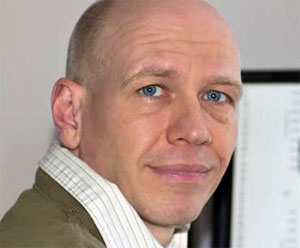
How Widespread is Human-Induced Seismicity in the United States & Canada?
Mirko van der Baan
There has been significant public and scientific interest in the observation of changed seismicity rates in North America since 2008, possibly due to human activities. We find that the seismicity rate in Oklahoma between 2008 and 2016 is strongly correlated to increased hydrocarbon production.
...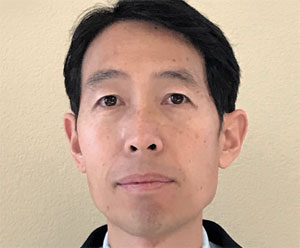
Introduction to March Focus: Salt and Subsalt Imaging in the Gulf of Mexico
Quincy Zhang
Subsalt imaging is one of the most critical technologies driving exploration to farther and deeper frontier areas in the Gulf of Mexico. For almost every project about subsalt imaging in the Gulf of Mexico, the three most important issues always are...
...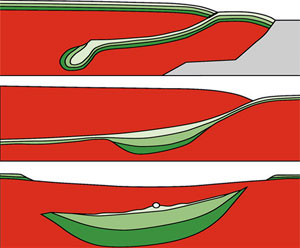
Salt Modeling Challenges and Strategies in the Mississippi Canyon, Gulf of Mexico
Quincy Zhang, Cristina Reta-Tang and Gary Rodriguez
In the Mississippi Canyon a unique characteristic of salt geometries are their stacking hourglass shapes – autochthonous Louann salt forms the lower part, allochthonous Mesozoic salt forms the middle part, and a Cenozoic salt canopy forms the shallow part. Due to this unique characteristic and the numerous overhangs common in…
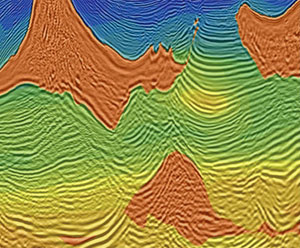
Enhancing Salt and Subsalt Imaging in Deep Water, Gulf of Mexico, with Common Offset RTM Gathers
Jianshun Sheng, Seung Yoo, Cristina Reta-Tang and Gary Rodriguez
We focus on extracting new value from previously acquired orthogonal WAZ surveys in the Mississippi Canyon area where some of the largest and still active deep water discoveries reside. Some analyses estimate that many large subsalt/presalt fields can still be discovered. In this study, the subsalt images which are critical…
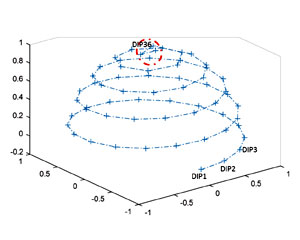
Post-migration Coherent Noise Removal by Dip Decomposition to Enhance Subsalt Imaging in the Gulf of Mexico
Hongyan Li, Peter Winther, Carlos Espinoza, George Zhao, and Neeraj Duhoon
In the Gulf of Mexico (GoM), with complex salt geometry, it is not unusual to see coherent noise in subsalt imaging. Such noise is detrimental to subsalt exploration and appraisal as it often leads to incorrect interpretations. The coherent noise is related to converted waves, intra-salt multiples, residual free-surface multiples, seismic data acquisition noise, and…
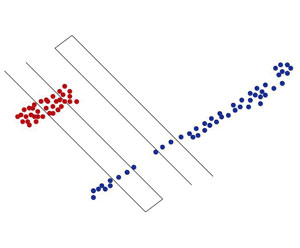
Enhancement of Seismic Monitoring in Hydrocarbon Reservoirs
Enrico Caffagni and Götz Bokelmann
The oil and gas industry is currently undergoing an extended period of instability. Technology can be leveraged to improve these difficult circumstances. The challenge is to develop ground-breaking technologies that help manage new projects more efficiently. At the same time, there is a tremendous need for technology to ensure a…

A Glimpse into the World of Seismic Attributes
Rainer Tonn
The Flemish Pass, offshore east coast Canada, has been an area of increased exploration activity since the discovery of Bay du Nord in 2013. The Flemish Pass is one of the core exploration areas within Statoil’s international portfolio. Additional recent discoveries have demonstrated further exploration success, while the award of…

Why We Should Perform PSDM and Calculate Seismic Attributes in the Depth Domain, Examples from the Woodford Formation
Marianne Rauch-Davies
We are commonly challenged to generate a drill plan in depth from time migrated seismic. In order to meet the needs of interpreters and drillers, PSTM volumes are frequently converted to pseudo depth volumes by stretching. This process affects every part of the drill planning procedure as these pseudo-depth data…

Introduction to January Focus: Emerging Technologies: Machine Learning
Hoda Rashedi
Surprisingly, the first time I was exposed to the basic concept of Machine Learning was at one of my undergraduate course called, “Philosophy of mind”. That was the first time, I was learning about how our brain functioning and how it could be biased. The year after, I took General…
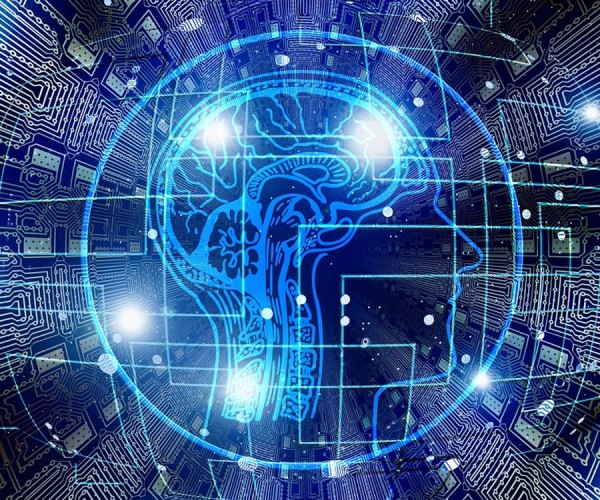
A Gentle Introduction to Machine Learning
Mark Dahl
Machine learning has generated a lot of excitement in recent years. It is only a matter of time before machine learning becomes commonplace in geoscience. There are many reasons for this that I could argue, but two come immediately to mind: machine learning has enjoyed incredible success in similar data-rich…
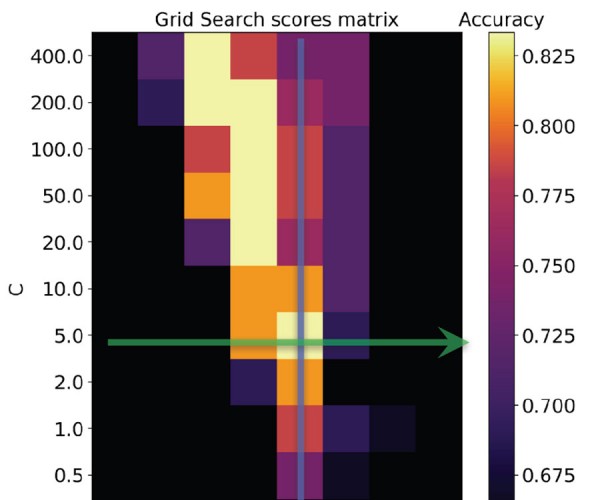
Machine Learning in Geoscience V: Introduction to Classification with SVMs
Matteo Niccoli
In this machine learning tutorial, I intend to provide readers with an intuitive understanding of how Support Vector Machines (SVMs) work and how they are used to solve classification problems. I will utilize Scikit-learn [2], a Python library, and a few toy datasets inspired by classic examples with an added…
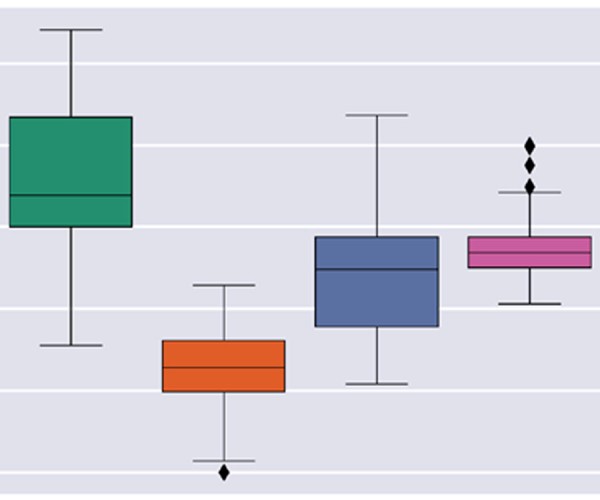
Geochemical Facies Analysis Using Unsupervised Machine Learning
Brendon Hall
This tutorial will demonstrate step-by-step how to build a practical geoscience machine learning workflow using Python and scikit-learn. The practice of extracting insights from large datasets has certainly caught mainstream attention in recent years. Software packages are emerging with multivariate statistics and machine learning algorithms built in to workflows. As…
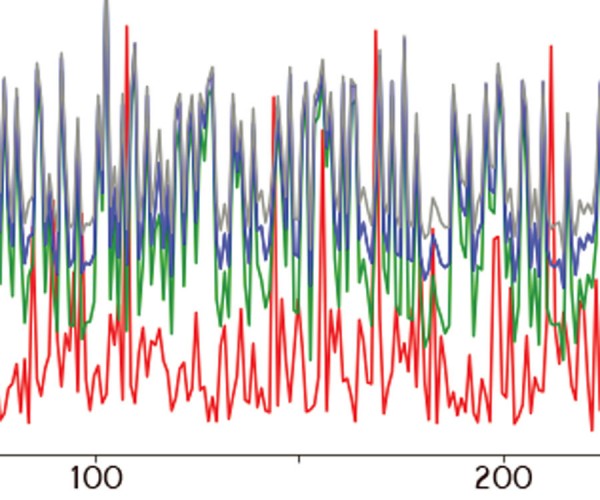
Denoising Seismic Records with Image Translation Networks
Graham Ganssle
Denoising data is the essence of discovery. Raw seismic data are a jumbled collection of bits bearing little resemblance to geology. All of the steps in the seismic data processing workflow, including deconvolution, migration, and stacking are noise reduction techniques designed by geophysicists to highlight a certain type of signal…
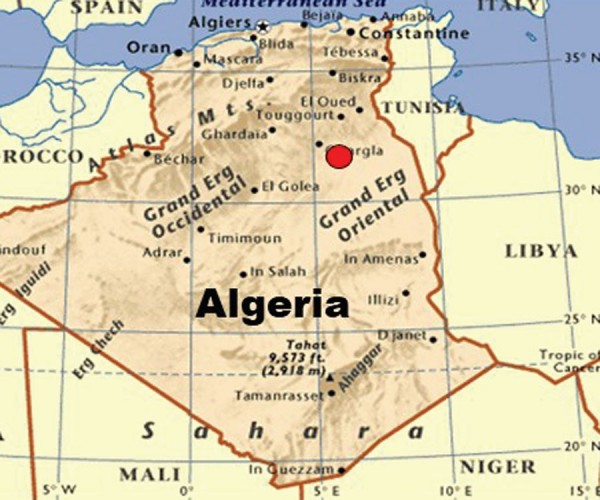
Properties of Propagating Wavelets with Severe Short-Period Internal Multiples
Fred Hilterman and Leila NAILI DOUAOUDA
Seismic waves propagating through cyclical thin beds, which have a large acoustic impedance (AI) contrast to the surrounding sedimentary sequence, have distinct wavelet signatures. At depth, the wavelets have a low-frequency Gaussian-shaped signal followed by high-frequency noise coda. These complex wavelets often yield seismic with discontinuous primary reflections that have…

Forecasting bitumen state and production from 3C-4D seismic
David Gray and Dragana Todorovic-Marinic
Assessing the liquid state of bitumen and its production is now possible from 4D seismic. From conventional 4D seismic data, steam chamber volume can be determined. From 3C-4D (3-component, 4-dimensional) PS (P-wave down, converted S-wave up) seismic data, the liquid state of the bitumen, immediately produceable bitumen, and future produceable…
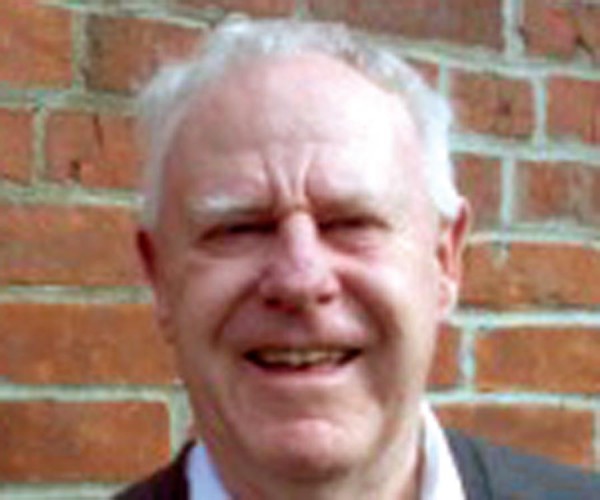
Introduction to December Focus: Developments in Groundwater Geophysics
Melvyn Best
Issues related to groundwater continue to grow in importance throughout the world, and geoscience techniques to deal with these issues are developing rapidly. Methods are needed to map the extent and quality of groundwater resources, water depletion and pollution, and subsurface flow related to engineering projects such as dams. Increasingly,…
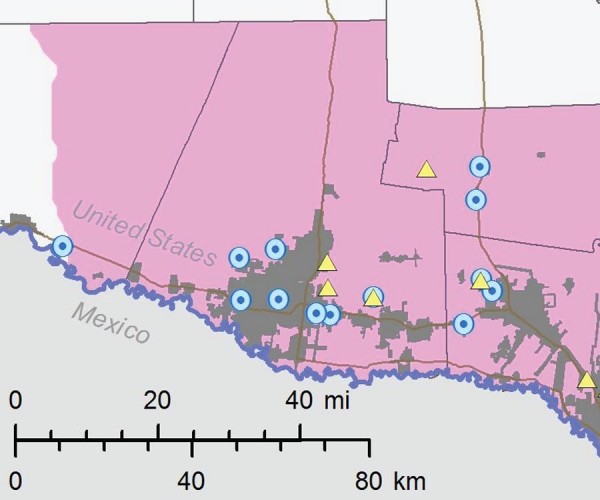
Interpreted Water Quality Calculated from Borehole Resistivity Measurements in the Gulf Coast Aquifer, Lower Rio Grande Valley, Texas, U.S.A.
John Meyer and Andrea Croskrey
Texas has significant brackish groundwater resources estimated at over 2.7 billion acre-feet within 26 of the 30 designated major and minor aquifers. Brackish groundwater ranges from 1,000 to 10,000 milligrams per liter total dissolved solids (TDS) concentration, which includes the slightly saline and moderately saline zones. The Texas Water Development…
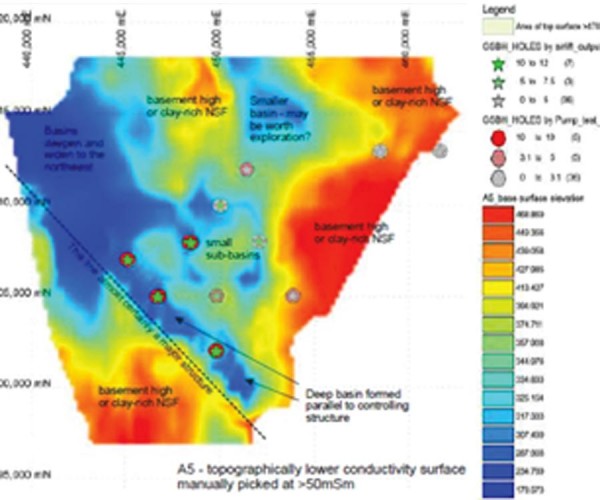
The Application of Airborne Geophysics for Water Exploration
Bill Brown and Flemming Effersø
Airborne electromagnetic methods (AEM) have been widely used for more than 60 years by the oil and mineral industries as a primary exploration method. In the last 30 years, water resource management challenges have prompted the application of AEM methods to basin- or watershed-scale mapping (e.g. Abraham et al., 2012;…

Hydrogeophysical Investigations of Earthen Dams – Two California Case Studies
Bethany L. Burton, Paul A. Bedrosian, Burke J. Minsley, Scott Ikard, Michael H. Powers
Excessive groundwater seepage can be a common engineering concern with earthen dams. The application of geophysical methods, whether for characterization or for long-term monitoring, to help inform mitigation strategies is becoming a more common addition to these investigations. The U.S. Geological Survey (USGS) has completed geophysical investigations at several earthen…
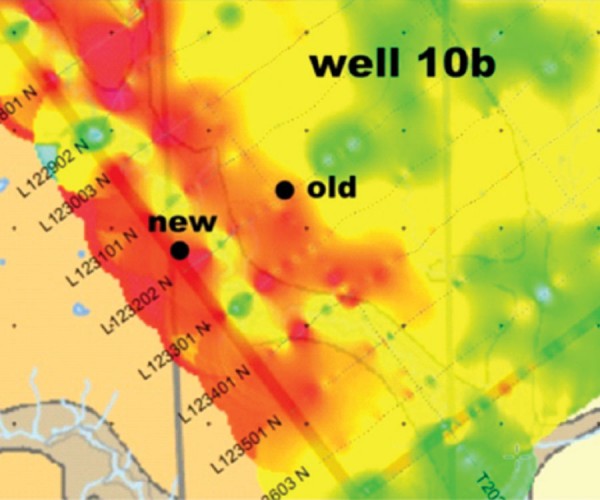
Integrating Airborne Electromagnetic and Gamma Log Data for Regional Aquifer Mapping: Montney Play Area, NE British Columbia
Melvyn Best, Vic Levson, Carlos Salas
The Peace region of NE British Columbia is an important agricultural area. It also contains significant gas reserves in the Montney natural gas play area. Agriculture and gas production require considerable volumes of water. There are also communities and First Nations within the region that require potable water for domestic…









